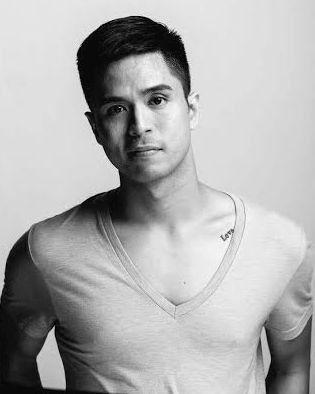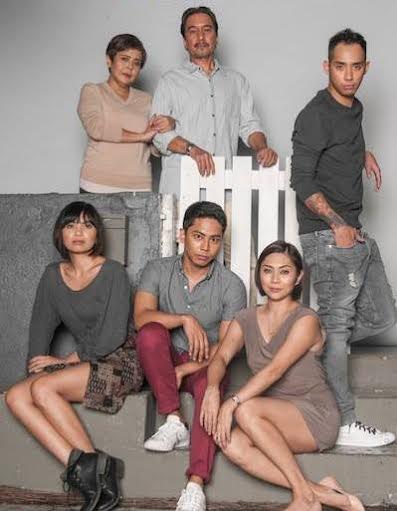By WALTER ANG
July 9, 2016
 |
| Sheryl Polancos |
She expressed her affinity for the arts by joining dance clubs in grade school and high school. When she enrolled in University of Santo Tomas, an injury waylaid her plans to audition for the school's famed Salinggawi dance troupe.
"I joined the official theater guild of the College of Arts and Letters, Artistang Artlets. That's where I caught the theater bug."
She fell in love with the profession. So much so that the first job she applied for right after graduating was with the resident theater group of the Cultural Center of the Philippines.
Shifting gears
"I started out as a production manager at Tanghalang Pilipno," she recalls.
"Then I noticed that I enjoyed the rehearsal process more than paperwork and I wanted to be involved in the creative process of how a show is mounted."
That's when she switched to stage management. "I feel happy and alive whenever I'm in a rehearsal space and in theaters. It's become my comfort zone."
"I like being able to work closely with the director. Knowing you're responsible for trying to execute his/her vision is a challenge."
During her time at Tanghalang Pilipino, in addition to plays based on Filipino indigenous chants ("Hudhud") and on a popular film ("Himala"), she cut her teeth on Shakespeare and works by playwrights from Japan, Australia and Sri Lanka.
The works she was exposed to started to spark a wanderlust, a desire to see how theater was done elsewhere in the world. These productions included works that dealt with Filipino-American relations such as "The Romance of Magno Rubio," based on immigrant Carlos Bulosan's short story, and "Oraciones," a play that tackled American government in the Philippines, a Filipina suffragette and even the location filming of Francis Ford Coppola's "Apocalypse Now" in the Philippines.
Adventures in stage management
While her desire to see the world was growing, she went on to work for Atlantis Productions (now Atlantis Theatrical Entertainment Group) and Stages Production Specialists, switching seamlessly between Philippine stagings of foreign material and original Filipino works.
Her credits include the Philippine or Asian premieres of Broadway hits such as "Next to Normal," "Aida," "Xanadu," "Shrek," "Avenue Q," Rock of Ages," "The Addams Family,"and Disney's "Tarzan."
Even when she took a short foray into corporate work, she was still tasked with overseeing the company's marketing shows and events.
One of her memorable experiences was when the lead actress for the musical "Carrie" fell ill after their opening weekend. She and the entire cast had one week to rehearse the replacement.
[Read about the actress who learned the Carrie role in only six days here.]
"We didn't sleep for that whole week but in the end, we pulled through and had another opening night with a different lead." The original lead was able to return for the last week's shows and "On closing night, both leads sang together during curtain call. It was pretty emotional. That musical will always hold a special spot in my heart."
Breaking out
Finally, after years of working on shows in Manila, she began to plan her journey to expand her horizons.
"I always feel like I need to learn more and experience more. So where else to go but to the melting pot of theater, New York."
In the beginning, she was, to quote from the musical "Into the Woods," both "excited and scared."
Nonetheless, she's kept her objective in mind: "I want to learn more and absorb as much as I can."
The fear seems to have all but disappeared. Since landing in the Big Apple, she's hit the ground running. She's already observed with companies such as Riant Theatre during its Strawberry One-Act Festival and Soho Repertory during its staging of "Duat."
She's also attended open read-throughs and has had a chance to see other stage managers in their milieu, like Cristina Sison from Juilliard and Rachel Gross of Soho Rep. "I've also seen how directors in New York work, like Van Dirk Fisher, Will Davis, Herbert Go."
"I still want to attend workshops or courses for further training. I want a chance to stage manage a show here so I can get my hands dirty and really experience the differences between what I already know and how things are done here."
"As a stage manager, it has always been my goal to strive for perfection and to run the show smoothly and keep its integrity. Once a show opens, there's always a sense of pride and fulfillment in knowing that I played a big part in making the show come to life."
Visit Sheryl's LinkedIn profile or contact her at sherylpolancos @ gmail.com.




